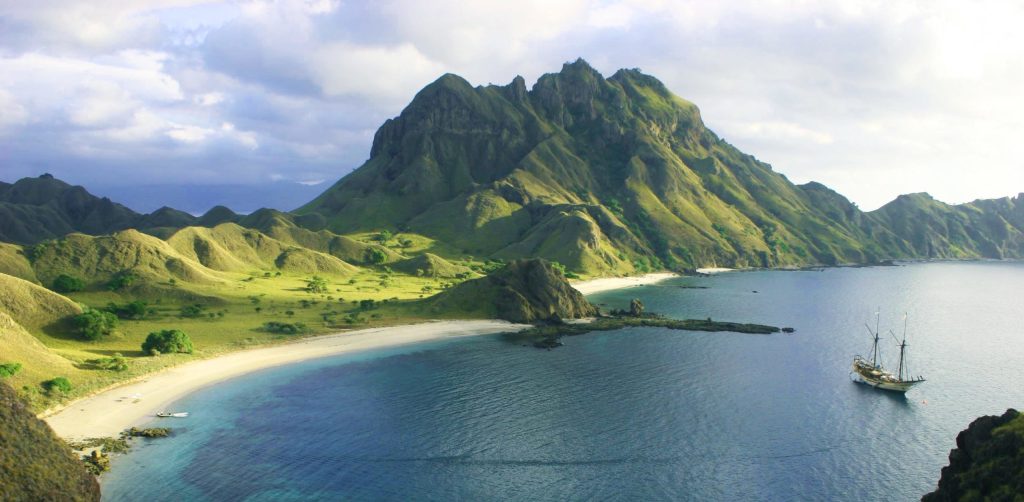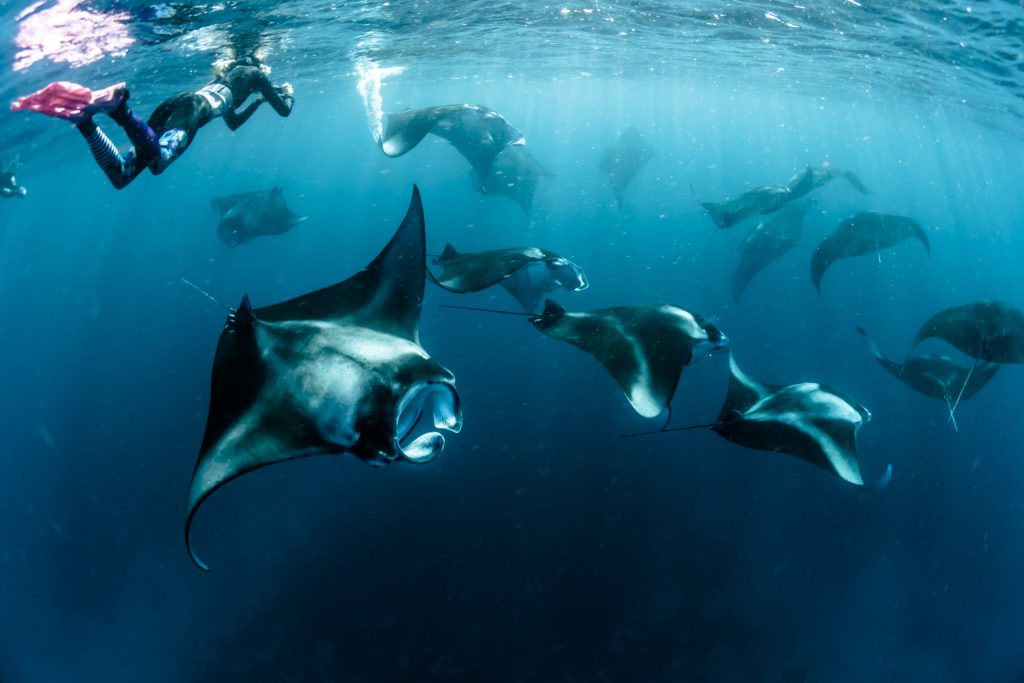Diving in Komodo scene is world-renowned for its sensational drift dives. Big schools of fish, healthy and colorful coral reefs, and fantastic manta ray encounters. Komodo is a well-liked diving location partly because Bali a popular tourist destination for both experienced divers and beginners is easily accessible from there.

The National Park is a marine protected area and a UNESCO World Heritage Site. Bordered by the Indian Ocean to the south and the Sulawesi and Flores Seas to the north. Komodo National Park Diving area has two distinct dive sites for scuba divers to explore: North Komodo and South Komodo. Despite the fact that they are geographically close to one another.
These What You Need to Know About Diving in Komodo
Diving Conditions
Water temperatures: Although they typically range from 19°C to 30°C on the same trip, water temperatures are generally moderate. The location determines temperature changes more so than the season. The south is frequently colder than the north, which is always warm. From November to January, South Komodo typically experiences its warmest and clearest weather. On Komodo, the average water visibility is 15 to 40 meters (49 to 131 feet). While the depth range is 3 to 40 meters (10 – 131 ft)
Characteristic Komodo Dive
You are generally decided to drop off by a tender over the dive site, and if you are over a submerged pinnacle, you might need to perform a negative entry. The tender will perform a live pickup when you surface, and an SMB (safety sausage) is unavoidably required. On pinnacle dives, some divers will employ reef hooks so that you can stay in place and take in the view. Although down currents are possible, particularly near steep drop-offs, they are typically avoidable with careful planning.
Although Komodo has a well-deserved reputation for having strong currents, there are many locations where diving is simple and the flow is low. Some reefs are also good for drift dives, which let you cruise rather than swim against the current. By diving at slack tide, problems can typically be avoided even in locations known for their strong currents. This is a great reason to dive with a reputable, knowledgeable dive operator who is well-versed in the area.
Overview Of Diving in Komodo Area
Diving South Komodo Area
South Komodo has exceptionally rich marine life, including lovely tiny amphipods, sea apple cucumbers, sponges, colorful soft corals, frogfish, stargazers, electric rays, lots of critters, and much more. The water is colder (low 21°C) and the visibility is lower (20ft – 50ft/6m-15m). Due to the abundant plankton, everything is generally bigger and more plentiful here.

Horseshoe Bay on Rinca Island, home to famous locations like Cannibal Rock and the Great Yellow Wall, is one of the best dive sites. The bay has a remarkably diverse underwater terrain, is bathed in nutrient-rich currents, and is protected from the majority of bad weather, which all contribute to the incredible variety and density of marine life there.
Diving North Komodo Area
As it is warmer and clearer than the south, North Komodo offers diving that could be categorized as being typical of the Indo-Pacific reef system. Both macro and big-fish sites can be found in the north. A well-liked submerged pinnacle, Castle Rock is teeming with trevally, mackerel, wide-angle, and macro subjects. There have been reports of bottlenose dolphins visiting the location.
Hard-To-Find reef, another submerged pinnacle, is home to numerous enormous schools of fish, reef sharks, and turtles. On these types of sites, you frequently only need to park yourself and watch the show instead of swimming a long distance.